Kindly Supported by
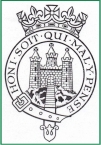
HRH Duke of Edinburgh
&
If you're a school, student or organisation- get involved!
*
G- APNZ Restoration Work
Commenced March 2014
The project, completed in August 2018 represents the culmination of a complete restoration of the aircraft since it last flew in 1995. The accident report states it was "damaged beyond economic repair"
All restoration work was carried out in-house at Airspeed Aviation’s home base at Derby Airfield UK.
The team at Derby has over 40 years experience inf restoring, building, maintaining aircraft and test flying new aircraft. Airspeed Aviation has a very extensive set of national and international approvals from the regulatory bodies.
Martin Jones, FRAes was in overall charge of the restoration with work undertaken by a small army of volunteers and suppporters.This project would not have happened without their support and they are owed a huge debt of gratitude.A list of all who assisted either by supplying their labour, parts or donations appears here.
Restoration Works: Fuselage
Initial Work Sheet Strip off fabric Rectify glue failure in locker Remove section of lower ply covering for inspection and replace Seat belt modifications Front bulkhead modifications Fabric and paint Fuel System, instruments, windscreen
May 2014 Work has started with the removal of a section of plywood from the bottom of the fuselage to the rear of the cockpit. There is some local repair necessary to the locker floor. Seat belt anchorages need to be revised. Also the front bulkhead needs to be updated to incorporate the latest modifications. The whole fuselage is currently residing in a paint shop awaiting transfer to the main woodwork shop. To date no major problems have been found although inspection is not complete.
November 2014 Some of the failed joints have been re-glued. Various gussets have been added. A panel from the floor has been removed for internal access. The rudder came from another aircraft and did not fit the hinges on the fin. We have therefore moved the top hinge on the fin and locally reinforced the mounting area.
February 2015 Fittings have been removed, stripped, painted and refitted with new hardware. The entire structure has been sanded and cleaned. New fabric has been attached and joints taped. First coats of dope applied. A new control column is being manufactured. The fuselage has been moved to paint shop on site at Derby Airfield.
July 2015 The fuselage has been doped, silvered and painted white.
May 2016 The fuselage is now structurally complete and painted. READY TO FIT.
|
Restoration Works : Engine
Work Sheet Engine requires complete overhaul and new parts!
March 2014 The original engine had been dismantled to a very basic state. Sadly corrosion had taken its toll. The project arrived with a second 'spare' engine in a much more complete form but since it has been dormant for many years it requires very close investigation. It is known to be a VW engine converted for aircraft use mid 1990's. Although it has been overhauled in the past there is no detailed history and it will be stripped and carefully inspected.
May 2014
Note the connecting rods and surface corrosion
Note the cylinders (top left) and pistons (below) are brand new- so some really good news!
An investigation has been conducted about the possibility of building up an engine of slightly greater capacity (hence power) using some new parts. In particular it is planned to utilise a modern Leburg type of electronic ignition and various offers of help with this are being pursued.
November 2014 Turbulents flew with Volkswagen Beetle engines converted for use in aircraft.PNZ came to us with “one and a half” engines. The original (the half) had been part dismantled and most of it is unusable. Attention has focussed on the whole engine which appears superficially to have been converted and could possibly form the basis of a viable powerplant.
The engine casing had been split open by our young volunteers to reveal the interior. This particular engine had been an unknown quantity and had been in storage for many years.
Externally it looked to be dirty, dusty and rather sorry for itself. It was also missing some key accessories. Internally the condition looks to be good and obviously has never run. The con rods are externally corroded and will be replaced.
The next stage will be to carry out further dismantling so that the bearings can be inspected and measured. To comply with airworthiness requirements the main parts will have to be “Non-Destructively Tested” (NDT’d) to check for cracks invisible to the naked eye. The steel parts will go to an external specialist for “Magnafluxing ” – a process where the parts are dipped into a bath containing magnetic material. When the component is magnetised, any defects can be made visible by discontinuities in the pattern created in the magnetic material. The process is a bit like dipping a magnet into some iron filings and the seeing the symmetrical “lines of force” in the pattern of filings.
The aluminium parts can be tested here at Derby Airfield with a dye penetrant test. This is done by first cleaning and then a red dye is sprayed onto the surface. This penetrates by capillary action into every nook, cranny and crack. The surface is then wiped clean and sprayed with a very fine white powder suspended in a volatile solvent. After a few minutes the solvent evaporates and leaches out the red dye rather like a blotting paper soaking up ink. Thus the surface cracks, if any, become highly visible as bright red lines. The fits and clearances of all of the parts will need to be measured and checked. Fortunately the basic Volkswagen parts are available should any new ones be necessary.
The conversion process of a Volkswagen engine necessary for aircraft use is essentially to provide a mounting for a propeller, a heated induction manifold to avoid carburettor icing and “dual ignition" for safety in case one ignition system fails. Dual ignition requires that there be two spark plugs in each cylinder head each to be fired by a separate ignition source. Historically the source would be a magneto – in fact magnetos from early farm tractors! Sadly these are absent from our engine but we have recently acquired a more modern ignition system described below. Our engine does have the propeller drive hub, an oil heated induction manifold and the cylinder heads have been machined to accommodate two spark plugs in each. We therefore appear to have an engine that we can use subject to the testing described above.
Ignition Units. Traditionally magnetos have been used. A magneto is a combined generator and distributor driven by the engine normally by a chain or belt. Once rotating the generated voltage is boosted sufficiently to provide a spark at the spark plug which ignites the fuel/air mixture in the engine. The high voltage must arrive at the plug at precisely the right time in the engine cycle and this is done by the distributor. A limitation is that the magneto can only fire the plug when it is rotating sufficiently fast to self generate and then only at a fixed time in the engine rotational cycle. For easy starting the ignition needs to be “retarded” in the cycle but for high power at high speed to firing needs to be “advanced” owing to delays in the flame spread in the cylinder. The actual timing is fixed with a magneto when it is installed which is therefore a compromise setting. There are mechanical devices which can help but they add cost, weight and complication.
The new ignition system we have now is much more modern. It is a dual system (as with two magnetos) but is essentially electronic and can automatically vary the ignition timing according to the engine speed and power requirements of the pilot. This gives starting, power and economy benefits. The new ignition units will greatly improve the often difficult, hand swinging, starting problem.
We had originally no magnetos so we had hoped to buy some of the modern units. Problem was that the electronic units are rather expensive. However one of our hawk –eyed helpers (Colin Cheese) spotted an advert minutes after it appeared on the LAA forum offering a second hand but unused Leburg system. He made immediate contact and within hours a deal was struck. The Leburg system is exactly what we were hoping for. The vendor (Dave Martin) was sufficiently impressed by our charitable venture to agree a very acceptable price. Thank you to Dave Martin
February 2015 The partially stripped engine has now been taken away for complete overhaul by LAA Inspector David Beale who volunteered to help. This will involve the appropriate crack testing and measuring of critical fits and clearances and the use of certain new parts. David Beale is well known for his superb workmanship most notably on his recently completed Percival Mew Gull which made its public debut at the 2014 LAA International Rally at Sywell. The Trust is most grateful for David’s assistance.
July 2015 The engine has been now completely overhauled by volunteer David Beale. The new Leburg electronic ignition system has been embodied in the overhauled engine.
May 2016 The engine is now fully installed. |
Restoration Works: Wings -Tailplane - Elevator - Rudder
Wings Strip off fabric Minor Repairs Varnish interior Replace cables and hardware Fabric and paint Tailplane Remove fabric to inspect. Fabric and paint Elevator Inspect. Minor glue failure repairs. Varnish interior. Fabric and paint Rudder Remove fabric to inspect. Repairs. Internally protect. Fabric and paint
March 2014 The wings are generally in good condition.
May 2014 The fabric has been removed and the interior cleaned – we have cleaned off 19 years of spiders webs! Metal fittings have been removed for grit blasting, crack detection and inspection.All surfaces have been sanded down and local repairs have been made where ply skinning had detached. Further work is awaiting transfer to the woodwork shop.
November 2014 The fabric has been removed. Minor repairs are necessary but basically the structure is sound. We will be replacing the aileron cables and the pitot and static plumbing.As with the flying control surfaces we will remove the metal fittings for refurbishment and new attachment hardware
February 2015 A wing to fuselage trial fit for alignment checking has been carried out already. Removal of fittings for inspection is about to start.
July 2015 The wing has been stripped, fittings removed, reprotected and refitted. Control cables have been replaced with new items. The structure has had some minor repairs carried out. The structure has been varnished. The wing has been recovered, taped, stitched, taped and painted white. All of the covering material, glue, dope and paint for the whole aircraft has been donated by Tony Young of Aircraft Coverings. The material is Poly-Fiber, a man made fibre developed in America by Ray Stitts many years ago and has become the material of choice for fabric covered aircraft. A trial fit of the wing to fuselage and undercarriage to wing has been carried out.
May 2016 Ready to fit. New control cables. |
Restoration: Propeller
A new propller for G-APNZ
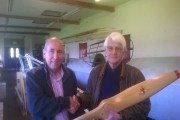
Alan James presents new propeller to Martin Jones of the G-APNZ Preservation Society "We are truly fortunate for the help Alan has given us"
Alan James is well known as an aircraft builder. Alan and his aircraft enjoy a high profile in the homebuilt aircraft scene Some years ago he built a Pietenpol Aircamper aircraft that he has flown extensively.
More recently he has taken to the manufacture of propellers for various aircraft and this means that they are tailored to each specific type of aircraft.
More recently still he has completed and flown an Isaacs Spitfire. This is still on its test program. It features in the October edition of Light Aviation and looks superb from the photographs. This is the first “production” Isaacs Spitfire to have flown. The original was flown by its designer John Isaacs some years ago and I think it is currently out of service. The Spitfire is an 80% scale all-wood aircraft using a 100hp engine. Because of the classic Spitfire wing elliptical planform, it is a particularly difficult aircraft to build. It is a tribute to Alan’s skill, energy, tenacity and “can-do spirit. No one else has completed an Isaacs Spitfire from plans.
Restoration: Undercarriage
November 2014 The legs have been grit blasted clean for inspection and NDT’ing. The wheels have been stripped and painted. The tyres are scrap! Our wheels have brake drums but we have no brake units. ( see progress in Feb 2015) The internal springs seem fine but some restorative welding is required on the attachment lugs. Also new rubber bushes are needed.
February 2015 The undercarriage has been stripped and inspected. Minor weld repairs scheduled. Brakes shoes, tyres, tubes and bearings have npw been purchased from a local scooter repair shop. Brake back plates are missing but a new design is being schemed out and will be manufactured in-house.
July 2015 New rubberised bushes have been fitted.
May 2016 New tubes, tyres, brakes, mounting hardware. Structure refurbished. READY TO FIT. |
Restoration Works: Fuel Tank Work sheet Repair damage Pressure Test Commission
May 2014 The fuel tank was dented but the the shape has now been restored. The tank has been painted in primer. It awaits a fuel leakage test.New fuel pipes, hoses, filters, valves will be required.
May 2016 Fuel tank is now fully refurbished, pressure tested and painted. READY TO FIT.
Overall Restoration Tasks Scheduled from May 2016 1. Application of HRH Duke of Edinburgh's emblem ( permission granted) 2. Purchase and application of registration letters and decorative fuselage stripes 3. Application of the Tiger Club emblem 4. Fittings of engine cowlings and and painting 5. Fitting windscreen and safety harness 6. Fuel system plumbing. engine control hook up 7. Instrument calibration and hook up. 8. Final assembly. controls hook up. Tensions and travels check. duplicate inspections by two independent engineers. 9. Weighing 10. Engine runs 11. Fuel flow checks 12. Test flying for permit issue
All of these tasks will be carried out in-house at Airspeed Aviation's home base at Derby Airfield where all of the restoration has been undertaken.
Overall Status at July 2018 The G-APNZ has finally been assembled in preparation for flight.
1 The following routine tasks remain to be done: Control rigging Calibration of integuments Mandatory cockpit placards and labelling Installation of seat harness Engine ground runs Fuel flow check Compass swing Application to LAA for Permit to Fly Release Certificate Send Insurance details to CAA
2. This all represents the culmination of a complete restoration of the aircraft since it last flew in 1995. The work entailed a complete strip down of all the fabric covering on the flying controls and wings. All of the internal structure has been inspected for condition. All of the metal fittings have been removed, stripped, inspected and refurbished and refitted with new hardware and bushes. New tyres, tubes and brakes have been furnished. New hand operated brake levers have been designed, and fitted with new cables.
3. All of the fabric has been replaced and painted together with the fuselage. Decals and registration letters have been applied. Permission has been granted by His Royal Highness the Duke of Edinburgh for his personal emblem to be attached to port side of the fuselage.
4. The Engine has been completely overhauled. A new propeller fitted. New cowlings have been fitted. The fuel system has been overhauled , with new hoses, pipe work, gascolator and cock. A new e electronic ignition system has been installed together with its wiring and power supplies.
5. A new altimeter and tachometer have been installed
6. A new windscreen hoop and glazing have been fitted. |
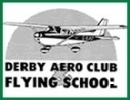




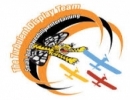

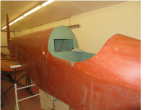
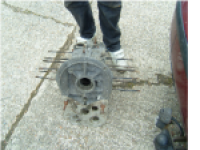
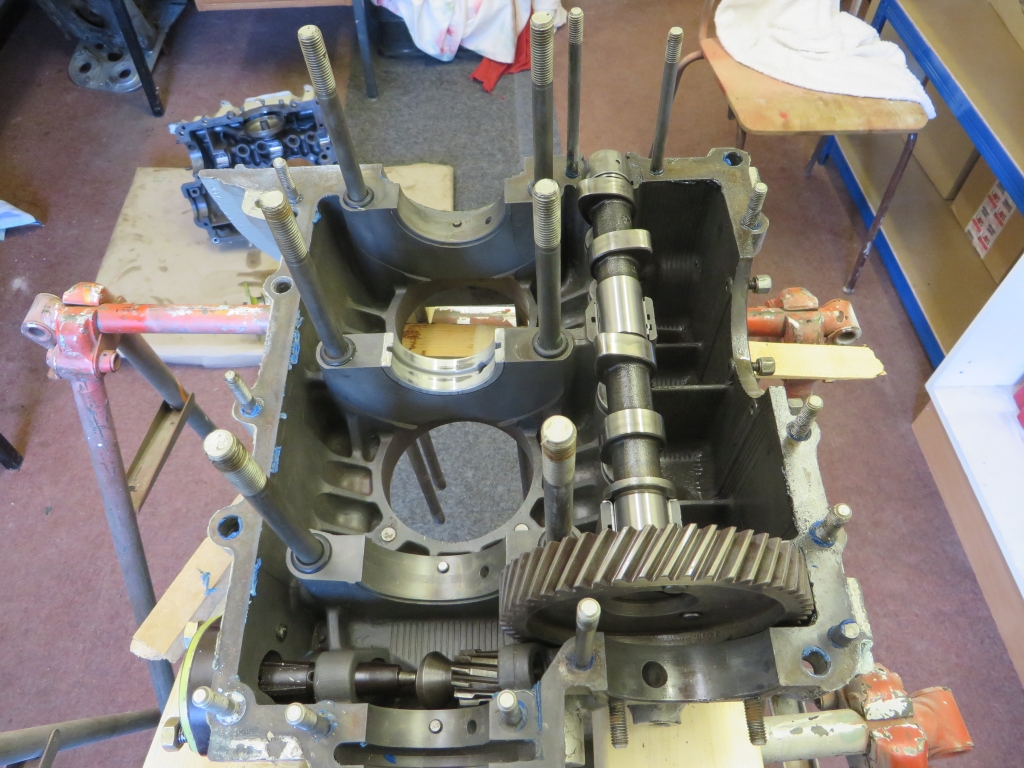
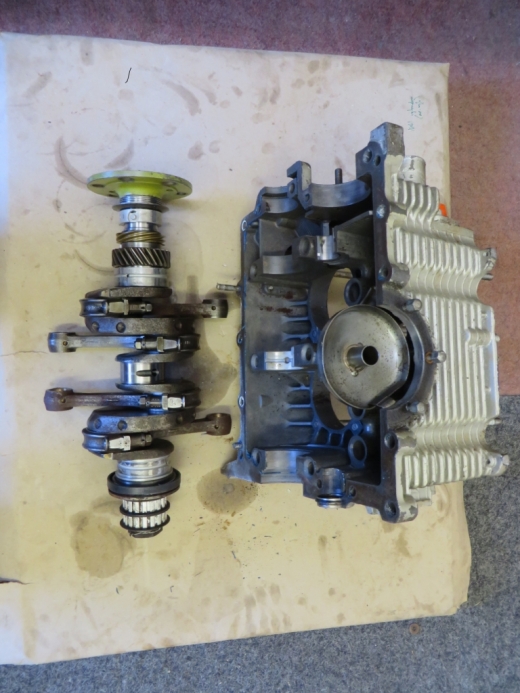
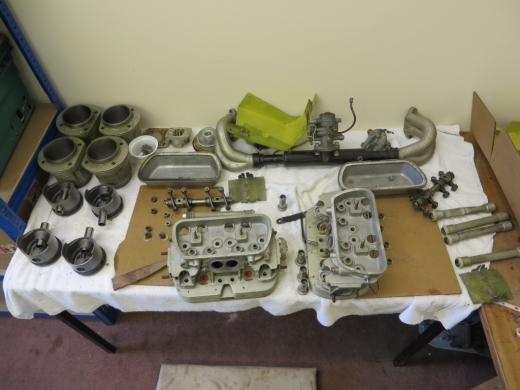
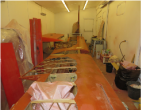 Worksheet
Worksheet



